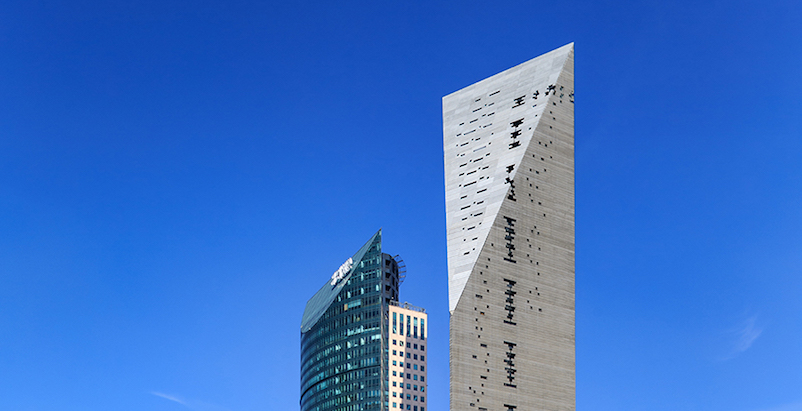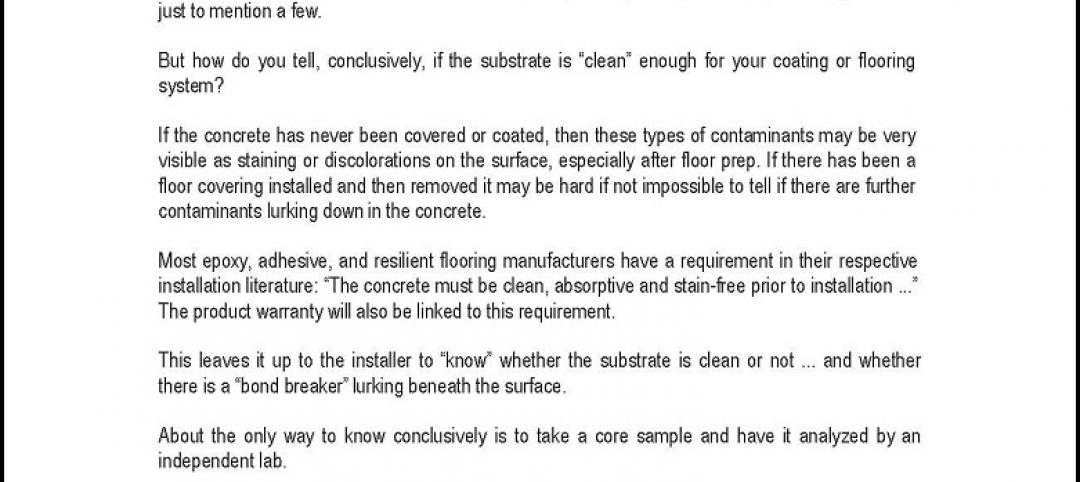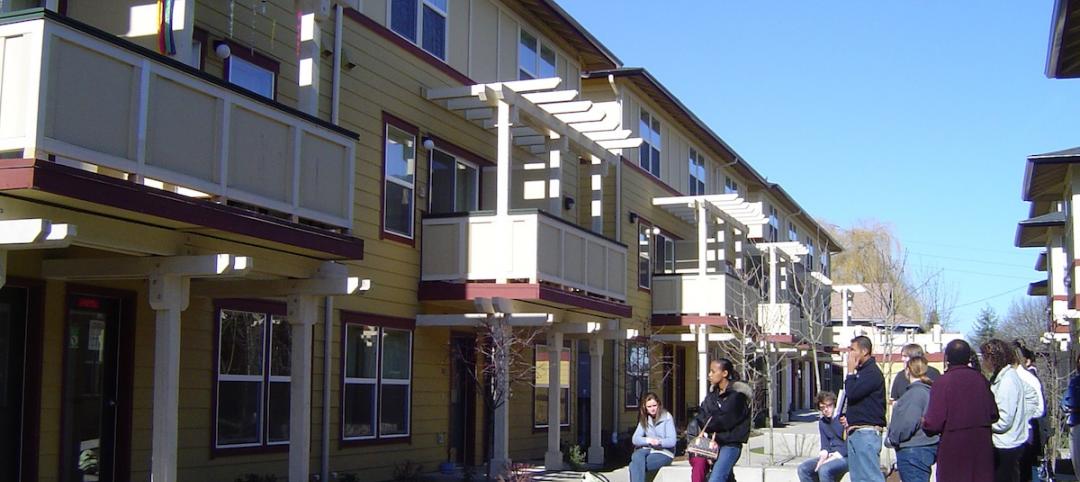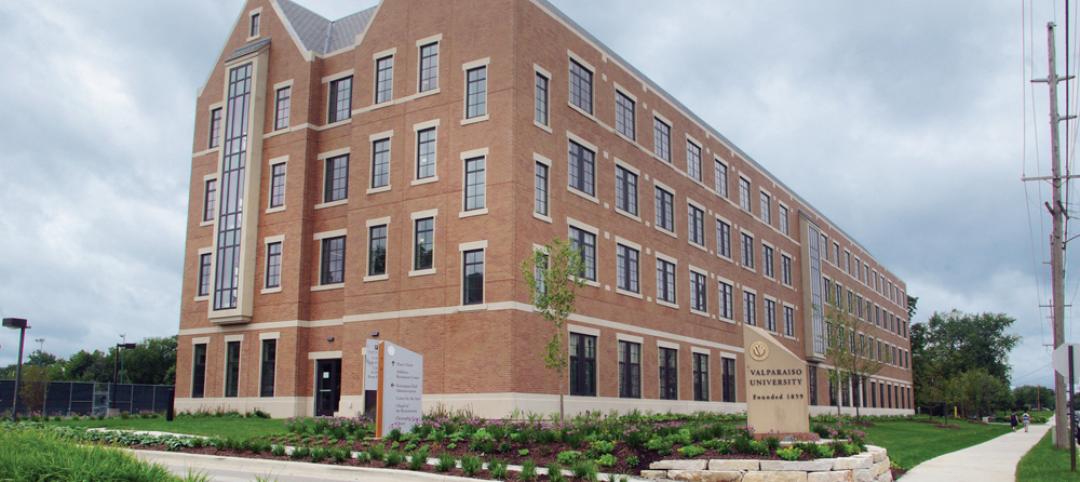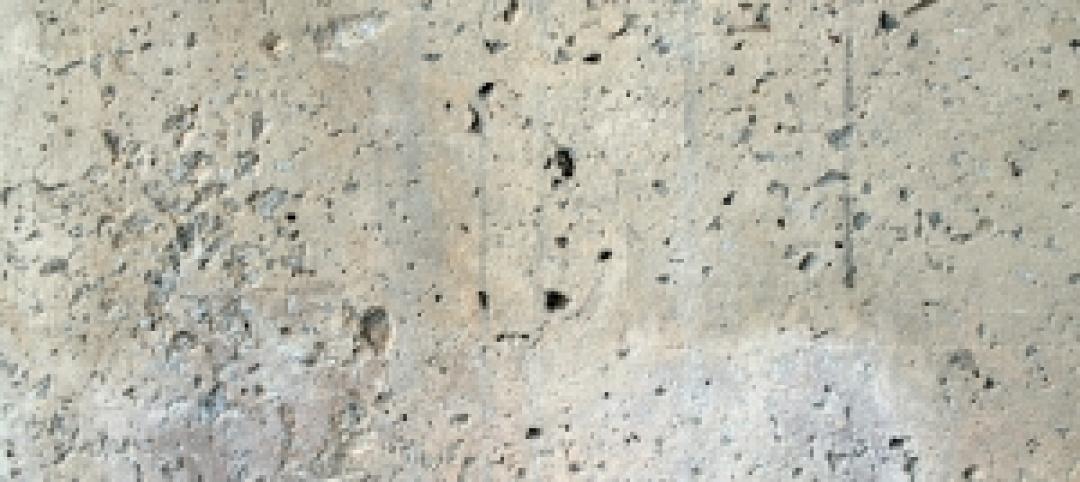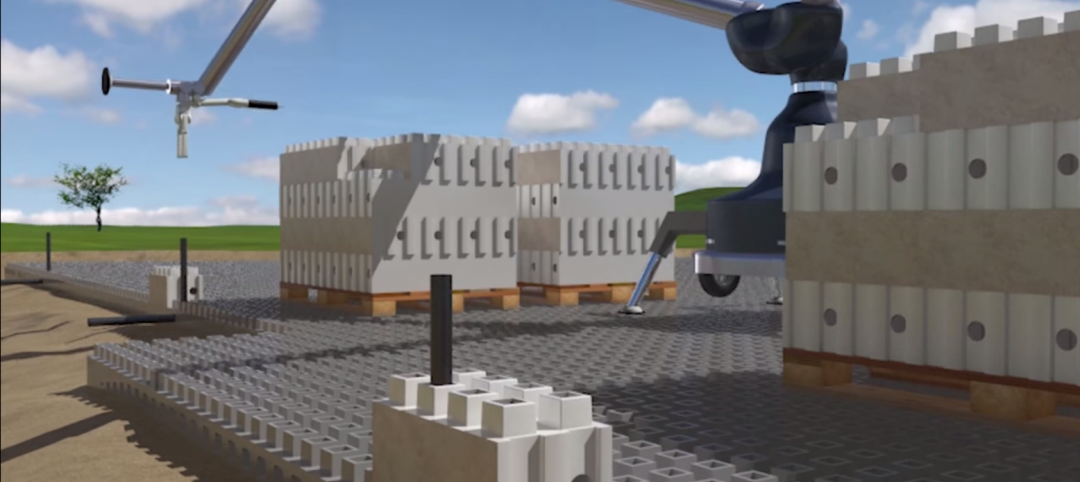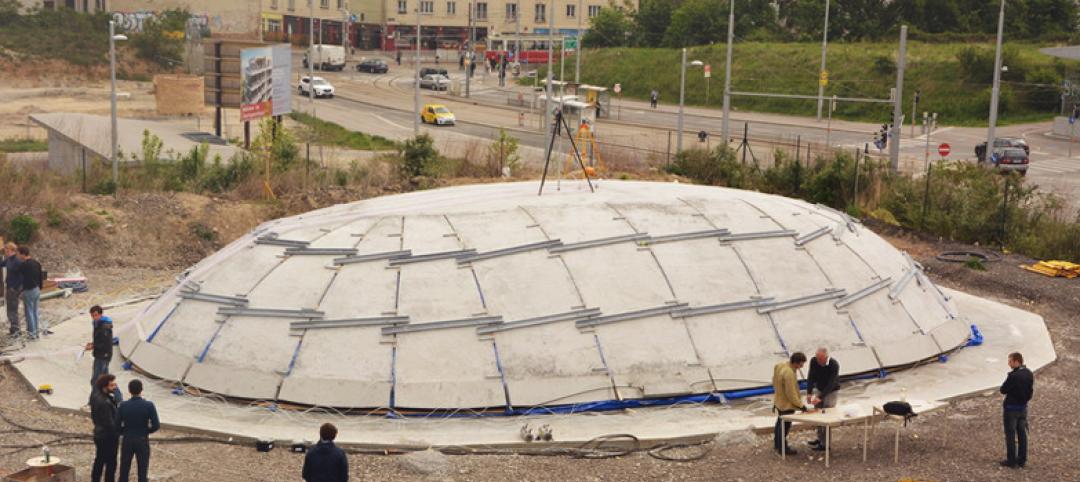Mexico City is only 31 years removed from a devastating earthquake that killed 5,000 people.
Triangular buildings have a tendency to twist when subjected to lateral loads, wind, and earthquake forces.
These two facts aren’t stopping Arup, the engineer, and L. Benjamin Romano Arquitects, the designer, from building the 57-story Torre Reforma in Mexico’s capital.
The tower is reinforced so efficiently that computer simulations determined that it can withstand all earthquake activity for 2,500 years.
Curbed reports that the 800-foot-tall building has a series of double-V hangers and irregularly spaced gaps that give room for the concrete to constrict, allowing the structure to bend. Also, a 10-story basement provides additional support at its base.
The architects chose concrete because it will block out the sun and keep the building cooler, and because the thick walls will allow the building to support itself without steel columns. This means cheaper construction costs, and more importantly, open floor plans. The triangular peak of the building will also contain elevators and egress stairways, freeing up even more room.
The $100 million tower, which has office and retail space, is seeking LEED Platinum certification.
Related Stories
Museums | Jul 28, 2015
MUST SEE: Zaha Hadid's latest museum project is built into a mountain
The museum, dedicated to legendary mountaineer Reinhold Messner, is embedded within Mount Kronplatz in northern Italy.
Sponsored | Flooring | May 18, 2015
Suburban L.A. high school battles moisture-soaked flooring
School officials had to take action when popped flooring created trip hazards
Multifamily Housing | Mar 16, 2015
New Jersey Supreme Court puts control of affordable housing agency in the courts
The court said the state’s affordable housing agency had failed to do its job, and effectively transferred the agency's regulatory authority to lower courts.
| Nov 7, 2014
Prefab helps Valparaiso student residence project meet an ambitious deadline
Few colleges or universities have embraced prefabrication more wholeheartedly than Valparaiso (Ind.) University. The Lutheran-based institution completed a $27 million residence hall this past summer in which the structural elements were all precast.
| Sep 30, 2014
Breakthrough concrete mix could reduce carbon emissions by 60%
Scientists at MIT have found a way to decrease the carbon emissions that result from concrete production: reducing the ratio of calcium to the silicate-rich clay.
| Aug 5, 2014
New bomb-proof concrete mixture used in One World Trade Center
The new concrete mix deforms instead of breaking, removing the threat of flying debris in an explosive attack.
| Jul 11, 2014
Are these LEGO-like blocks the future of construction?
Kite Bricks proposes a more efficient way of building with its newly developed Smart Bricks system.
| Jun 12, 2014
Austrian university develops 'inflatable' concrete dome method
Constructing a concrete dome is a costly process, but this may change soon. A team from the Vienna University of Technology has developed a method that allows concrete domes to form with the use of air and steel cables instead of expensive, timber supporting structures.


